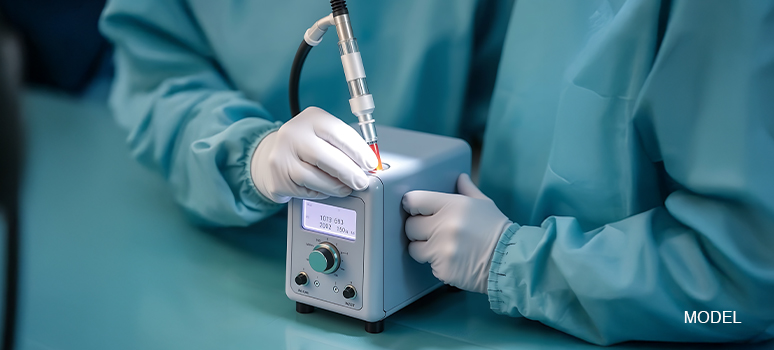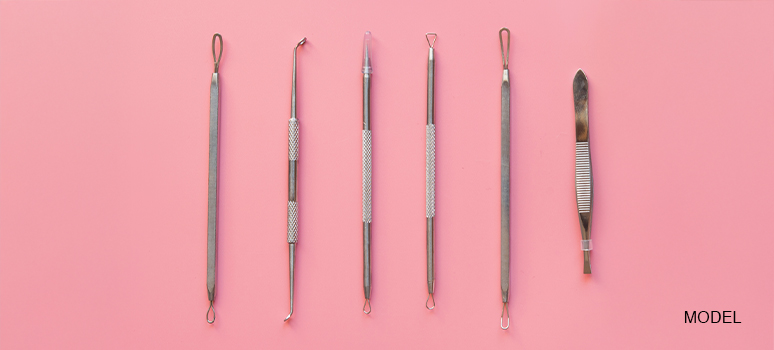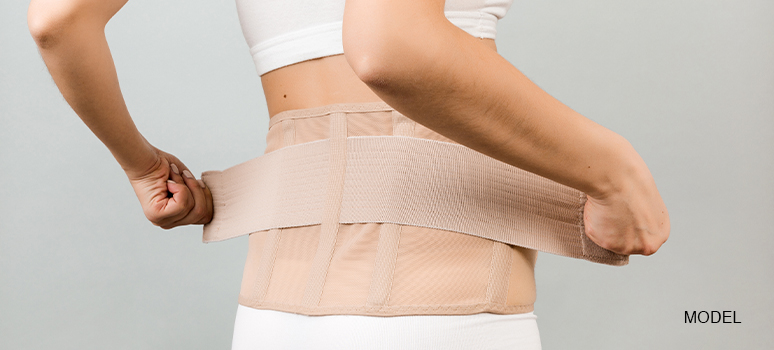
Essential Electrocautery Pens: Versatile Tools for Surgeons
Introduction
Are you a medical professional seeking the most effective and reliable tools for surgical procedures? Do you need precise control and consistent performance when it comes to cauterization? Choosing the right electrocautery pen is crucial for patient safety and optimal outcomes. This comprehensive guide dives deep into the world of electrocautery pens, exploring their uses, types, benefits, and best practices, empowering you to make informed decisions for your practice. We’ll cover everything from disposable electrocautery pens to advanced techniques, ensuring you have the knowledge you need.
Understanding Electrocautery Pens: The Basics
Electrocautery pens, also known as cautery pens or cauterizing pens, are handheld devices used in various medical procedures to stop bleeding (hemostasis) or to remove unwanted tissue. They utilize an electric current to heat a small wire or electrode, which then cauterizes the tissue by sealing blood vessels or destroying targeted cells. This precise application of heat minimizes damage to surrounding healthy tissue, making electrocautery pens invaluable tools in modern medicine.
Types of Electrocautery Pens: Meeting Diverse Needs
Electrocautery pens come in various forms, each designed for specific applications. Understanding these different types is essential for selecting the right tool for the job.
- Disposable Electrocautery Pens: These single-use pens are designed for convenience and sterility. They eliminate the need for sterilization, reducing the risk of cross-contamination and saving valuable time in busy medical settings. Disposable electrocautery pens are ideal for procedures where a fresh, sterile instrument is required for each patient.
- Reusable Electrocautery Pens: Reusable pens offer a more economical long-term solution, especially for procedures performed frequently. They are designed to withstand repeated sterilization processes, making them a sustainable option for high-volume practices.
- High-Frequency Electrocautery Pens: These pens utilize higher frequencies to generate heat, allowing for more precise cutting and coagulation. They are often used in delicate procedures where minimal tissue damage is crucial.
- Battery-Powered Electrocautery Pens: For portability and convenience, battery-powered cauterizing pens are an excellent choice. They are particularly useful in situations where access to a power outlet is limited.
The Benefits of Using Electrocautery Pens
Electrocautery pens offer a range of benefits that make them indispensable in modern surgical practice:
- Precise Control: Electrocautery allows surgeons to precisely target specific tissues, minimizing damage to surrounding areas. This precision is crucial in delicate procedures.
- Effective Hemostasis: By sealing blood vessels, electrocautery pens effectively stop bleeding, ensuring a clear surgical field and reducing blood loss.
- Reduced Surgical Time: Electrocautery can significantly shorten surgical procedures by quickly controlling bleeding and removing unwanted tissue.
- Minimized Scarring: The precise nature of electrocautery often results in less scarring compared to traditional surgical methods.
- Versatility: Electrocautery pens are used in a wide range of medical specialties, including dermatology, ophthalmology, gynecology, and general surgery.
Applications of Electrocautery Pens Across Medical Specialties
The versatility of electrocautery pens makes them essential tools in numerous medical specialties:
- Dermatology: Removing skin tags, warts, and other benign skin lesions.
- Ophthalmology: Treating certain eye conditions, such as chalazion and trichiasis.
- Gynecology: Performing procedures like cervical biopsies and loop electrosurgical excision procedures (LEEP).
- General Surgery: Controlling bleeding during various surgical procedures.
- Cosmetic Surgery: Removing small veins and other cosmetic imperfections.
Choosing the Right Electrocautery Pen: Key Considerations
Selecting the appropriate electrocautery pen is crucial for optimal performance and patient safety. Consider the following factors:
- Type of Procedure: The specific procedure will dictate the type of pen and electrode needed.
- Power Source: Consider whether a battery-powered or mains-powered pen is more suitable for your needs.
- Ergonomics: The pen should be comfortable to hold and use for extended periods.
- Sterility: Choose between disposable and reusable pens based on your practice’s needs and sterilization capabilities.
- Cost: Balance the initial cost with long-term expenses, considering factors like sterilization costs for reusable pens.
Best Practices for Using Electrocautery Pens
Proper usage of electrocautery pens is essential for safety and effectiveness:
- Training: Ensure all personnel using electrocautery pens are adequately trained and familiar with the device’s operation.
- Safety Precautions: Follow all safety protocols to prevent burns and other complications.
- Maintenance: Regularly inspect reusable pens for damage and ensure they are properly sterilized.
- Electrode Selection: Choose the appropriate electrode for the specific procedure.
- Power Settings: Use the appropriate power settings to achieve the desired level of cauterization.
Robbins Instruments: Your Trusted Partner for Electrocautery Solutions
Robbins Instruments is a leading provider of high-quality medical devices, including a wide range of electrocautery pens and accessories. We are committed to providing medical professionals with the tools they need to deliver exceptional patient care. Our selection of disposable electrocautery pens, reusable cautery pens, and related products are designed for performance, reliability, and safety. Contact Robbins Instruments today to discuss your specific needs and discover how we can support your practice.
Advanced Techniques in Electrocautery
Beyond basic hemostasis, electrocautery techniques have evolved to include:
- Bipolar Electrocautery: This technique uses two electrodes, one at the tip of the instrument and another nearby, limiting the electrical current’s passage through the patient’s body. This minimizes the risk of unintended tissue stimulation.
- Radiofrequency (RF) Cautery: RF cautery uses high-frequency alternating current to generate heat. This method is often preferred for its precision and ability to minimize lateral thermal spread, reducing damage to surrounding tissues.
- Argon Beam Coagulation: This technique uses an argon gas plasma to deliver the electrical current, resulting in rapid and efficient coagulation with minimal charring.
The Future of Electrocautery
Ongoing research and development are constantly refining electrocautery technology. Future innovations may include:
- Smart Electrocautery Pens: Devices with integrated sensors and feedback mechanisms to optimize cauterization and minimize tissue damage.
- Wireless Electrocautery: Exploring wireless technologies to enhance maneuverability and reduce cord clutter in the operating room.
- Enhanced Energy Delivery Systems: Developing new energy modalities to improve the precision and efficiency of cauterization.
Conclusion
Electrocautery pens are indispensable tools in modern medicine, playing a critical role in a wide range of surgical procedures. By understanding the different types of electrocautery pens, their benefits, and best practices for their use, medical professionals can make informed decisions to enhance patient care and optimize surgical outcomes. Robbins Instruments is dedicated to providing high-quality electrocautery solutions to meet the evolving needs of the medical community. Contact us today to learn more about our comprehensive range of cautery pens and accessories.
FAQS
What is the difference between electrocautery and electrocoagulation?
While often used interchangeably, electrocautery refers to the use of heat to destroy tissue or seal vessels, while electrocoagulation specifically refers to the process of sealing blood vessels to stop bleeding.
Are electrocautery pen is safe?
When used correctly and following established safety protocols, electrocautery pen are generally safe. Proper training and adherence to best practices are essential to minimize risks.
How do I sterilize reusable electrocautery pens?
Reusable electrocautery pens can be sterilized using various methods, including autoclaving. Consult the manufacturer’s instructions for specific sterilization recommendations.
What are the potential complications of electrocautery?
Potential complications include burns, tissue necrosis, and infection. Proper technique and adherence to safety protocols can minimize these risks.
Where can I purchase high-quality electrocautery pen?
Robbins Instruments offers a wide selection of electrocautery pen and accessory. Contact us today to discuss your needs.




